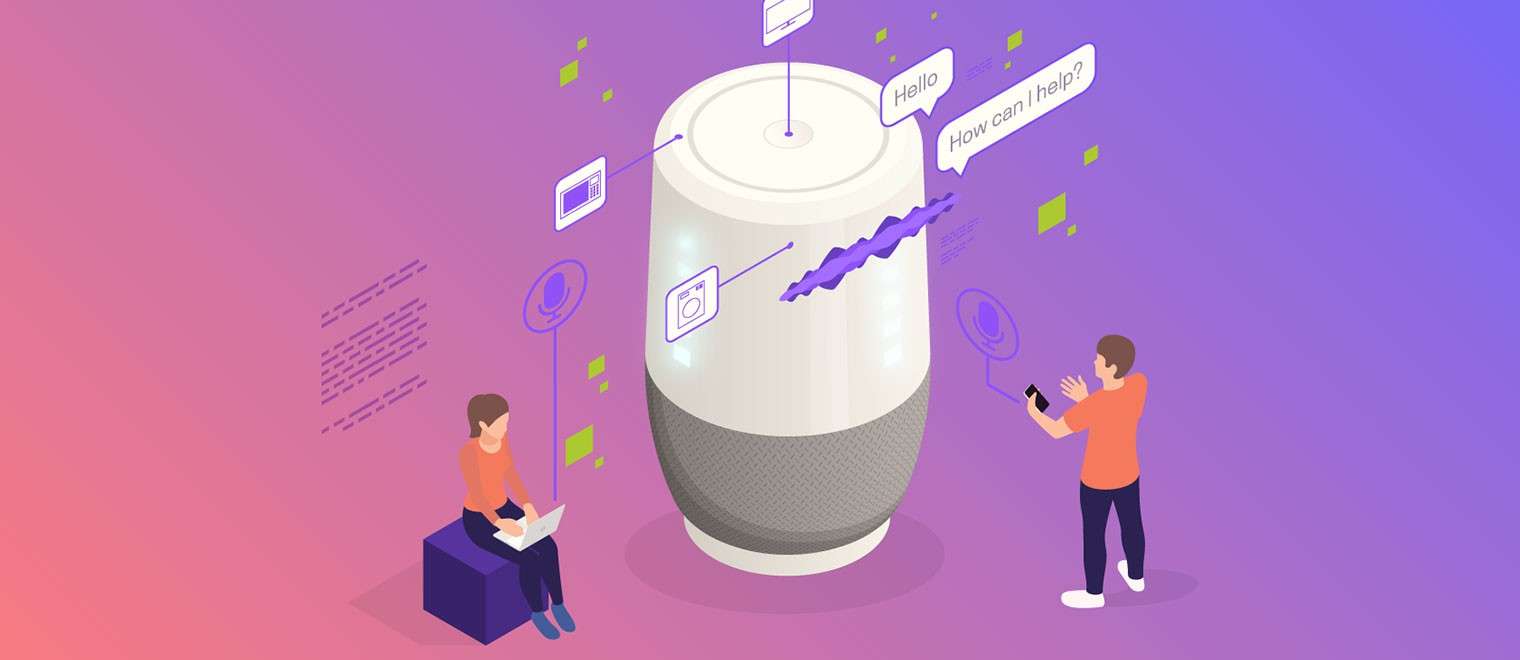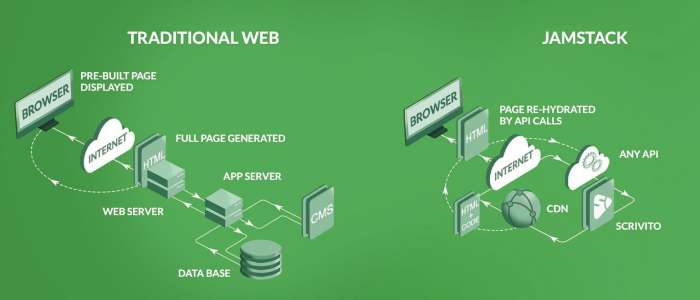IdeaGlory
Voice User Interfaces: Integrating Voice Control into Web Applications
Revolutionizing Web Interaction
Revolutionizing Web Interaction

Voice User Interfaces (VUIs) have emerged as a game-changer in the realm of technology, reshaping how users interact with web applications. In this comprehensive exploration, we delve into the seamless integration of voice control into web applications, highlighting its transformative potential and benefits.
Voice User Interfaces (VUIs) have witnessed a meteoric rise in popularity, fueled by advancements in natural language processing and artificial intelligence. With the proliferation of smart devices and virtual assistants, users now expect intuitive and hands-free interactions with web applications.
Integrating voice control into web applications holds the promise of enhancing user experience on multiple fronts. By offering a hands-free and natural mode of interaction, VUIs streamline user engagement and cater to individuals with disabilities or mobility impairments, thereby fostering inclusivity and accessibility.
The integration of voice control into web applications requires a systematic approach encompassing various stages. Developers must adopt compatible technologies capable of processing and understanding natural language commands accurately. Furthermore, thorough testing and iteration are essential to fine-tune the VUI's performance and ensure seamless integration with existing functionalities.
Effective integration of voice control can significantly enhance user engagement and satisfaction. Personalized voice commands tailored to individual preferences foster a sense of familiarity and customization, while intuitive navigation and real-time feedback provide a seamless and immersive user experience.
While the potential benefits of VUI integration are vast, developers must navigate several challenges to ensure its successful implementation. These challenges include achieving accurate voice recognition in diverse environments, addressing privacy and security concerns related to voice data collection, and ensuring cross-platform compatibility across different devices and operating systems.
Looking ahead, the future of voice-controlled web applications is ripe with possibilities. AI-powered VUIs equipped with advanced natural language understanding capabilities will enable more sophisticated interactions, while support for multi-language commands will cater to diverse global audiences. Additionally, the integration of VUIs with Internet of Things (IoT) devices will usher in a new era of interconnected and intelligent web experiences.
In conclusion, the integration of voice control into web applications represents a paradigm shift in digital interaction, offering unparalleled convenience, accessibility, and efficiency. By embracing the potential of VUIs and addressing associated challenges, developers can create immersive and user-centric web experiences that redefine the way we engage with technology. As we navigate towards a future where voice commands become the norm, the integration of VUIs into web applications will undoubtedly play a central role in shaping the digital landscape for years to come.

In recent years, Jamstack architecture has gained significant traction in the world of web development,…

Progressive Web Apps (PWAs) have emerged as a game-changer in the world of web and mobile development.…